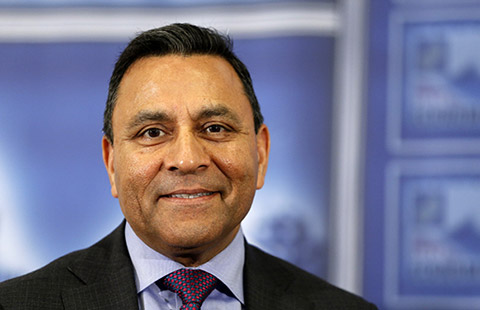Slowdown to continue
He believed that the urbanization-driven infrastructure investment is going to be a value-added, smart use of money to bring people to cities and have a decent return in the long run, where the stimulus program only resulted in industry bubbles.
While these types of investment may accelerate in the second half of the year, the aim will probably be to achieve the government's official target, rather than what investors may perceive as market-friendly 8 percent growth, he added.
"Allowing slower growth implies China's economy may be in store for some pain before the situation improves. But it also signifies that officials are increasingly willing to act to rebalance the economy, placing it on a sounder footing in the longer term," he said.
While officials have publicly recognized that China's economy needs to lessen its dependence on investment, there has yet to be tangible success on that front.
Investment's share of GDP rocketed to 48.3 percent in 2011, while household consumption shrank to just 35.4 percent, compared with 50 percent in 1989.
McDonough said that the rising contribution of investment has meant that slower growth is almost a "necessity" if China is to shift toward consumption and the private sector as a major growth engine.
"If we use the 2011 data (which is the most recent available), just to offset a 1 percent decline in China's gross capital formation, household consumption would need to increase by almost 1.5 percent due to its smaller base level," he said.
But the development model has been proven effective. McDonough referred to the "Great Moderation" period in the 1980s, when former US Federal Reserve chairman Paul Volcker increased the federal funds rate to 20 percent to combat extremely high inflation and slow growth. While this pushed the US economy into a deep recession, it succeeded in lowering inflation, leading to a period of reduced volatility and strong growth.
With China's own transition already seemingly under way, near-term risks still exist, though they can probably be manageable. Apart from the outsized credit growth, a slower expansion may be disruptive for China's financial sector.
The recent surge of interbank lending rates has placed pressure on the People's Bank of China to stabilize the sector.
To maintain the 7.5 percent annual growth rate, reforms are likely to accelerate into year-end, McDonough has forecast.
He predicted that officials may soon move closer to interest-rate liberalization by lifting the ceiling on deposit rates, which paves the way for opening the capital account in the medium term.



















